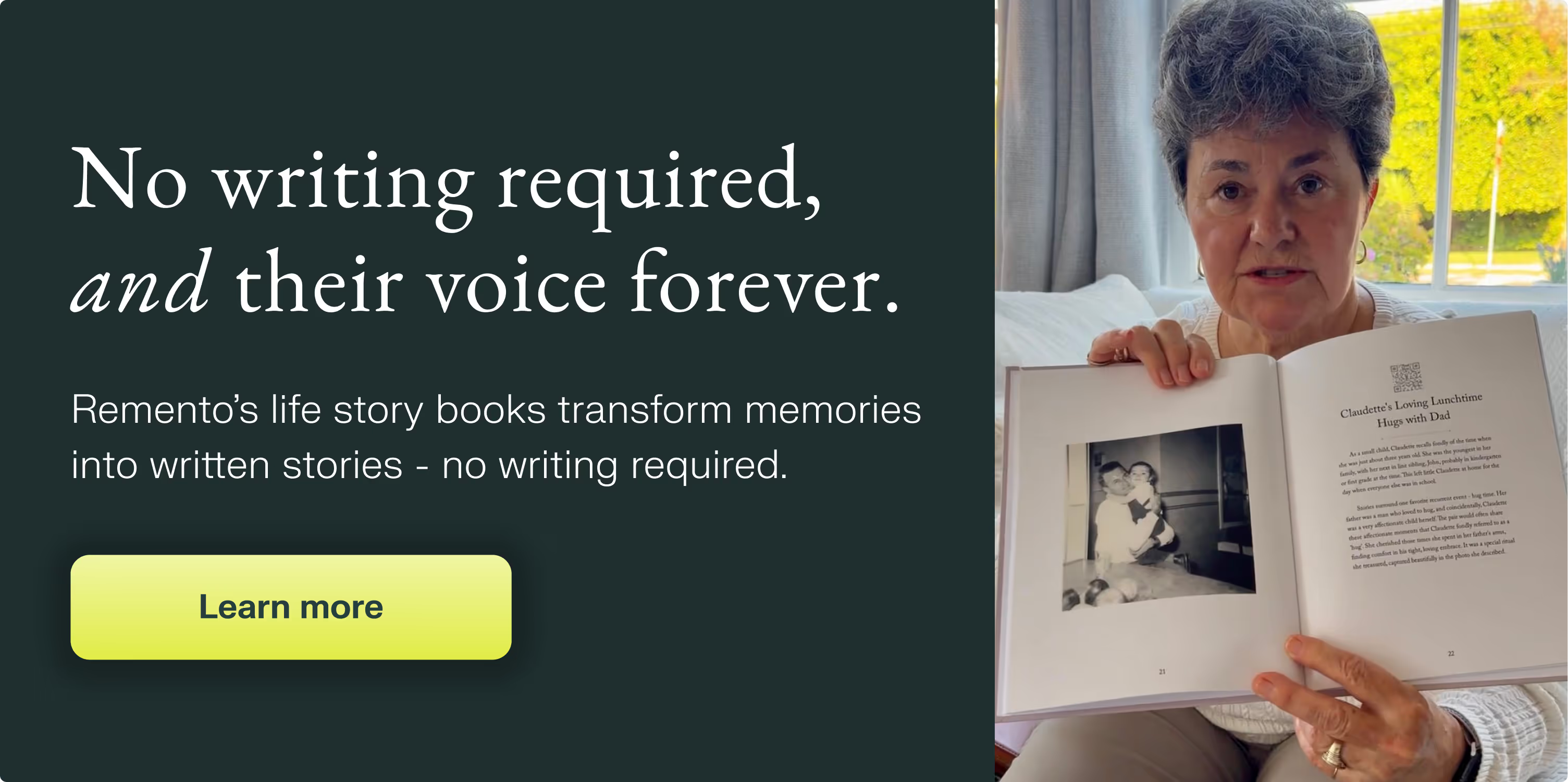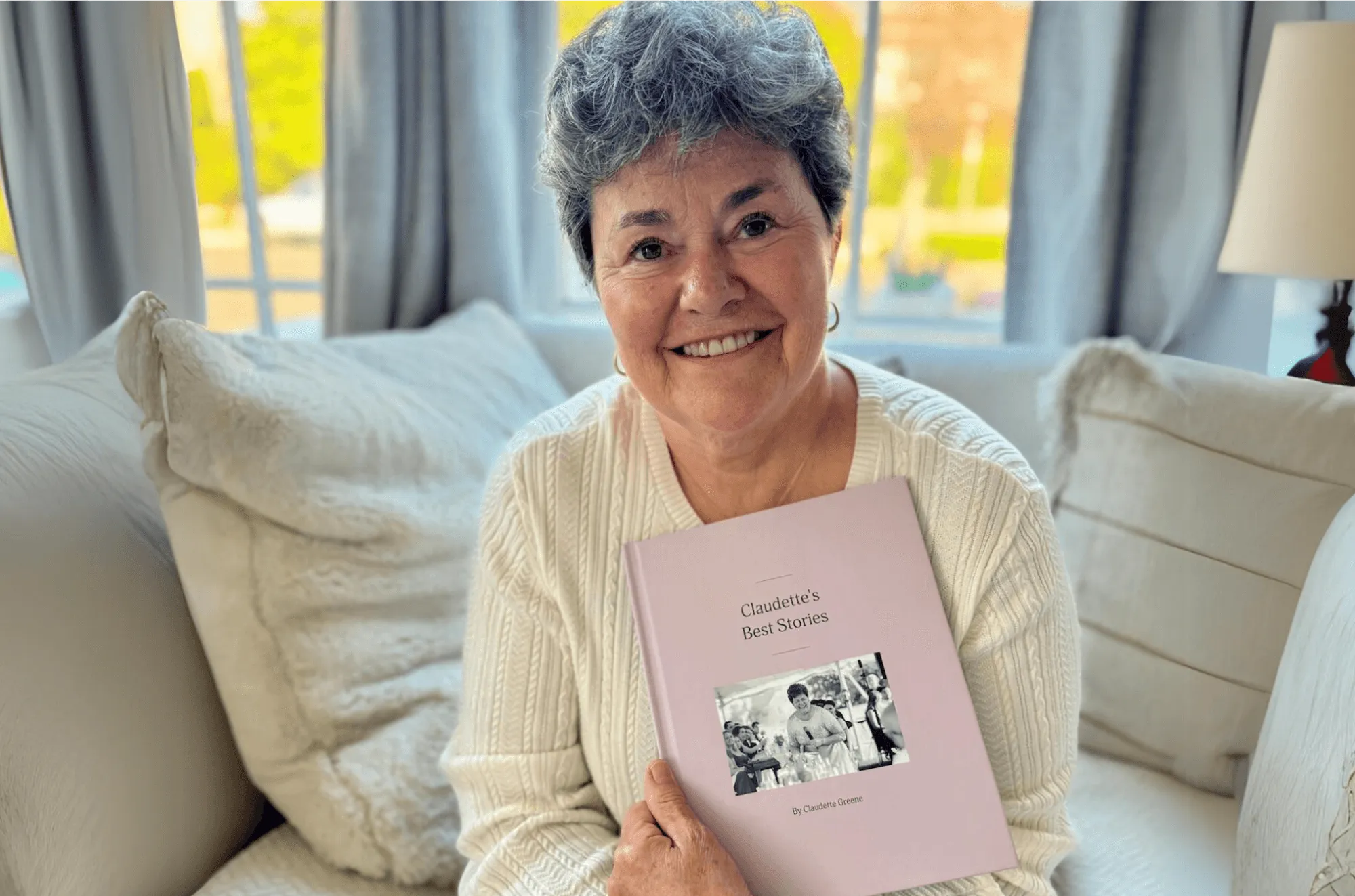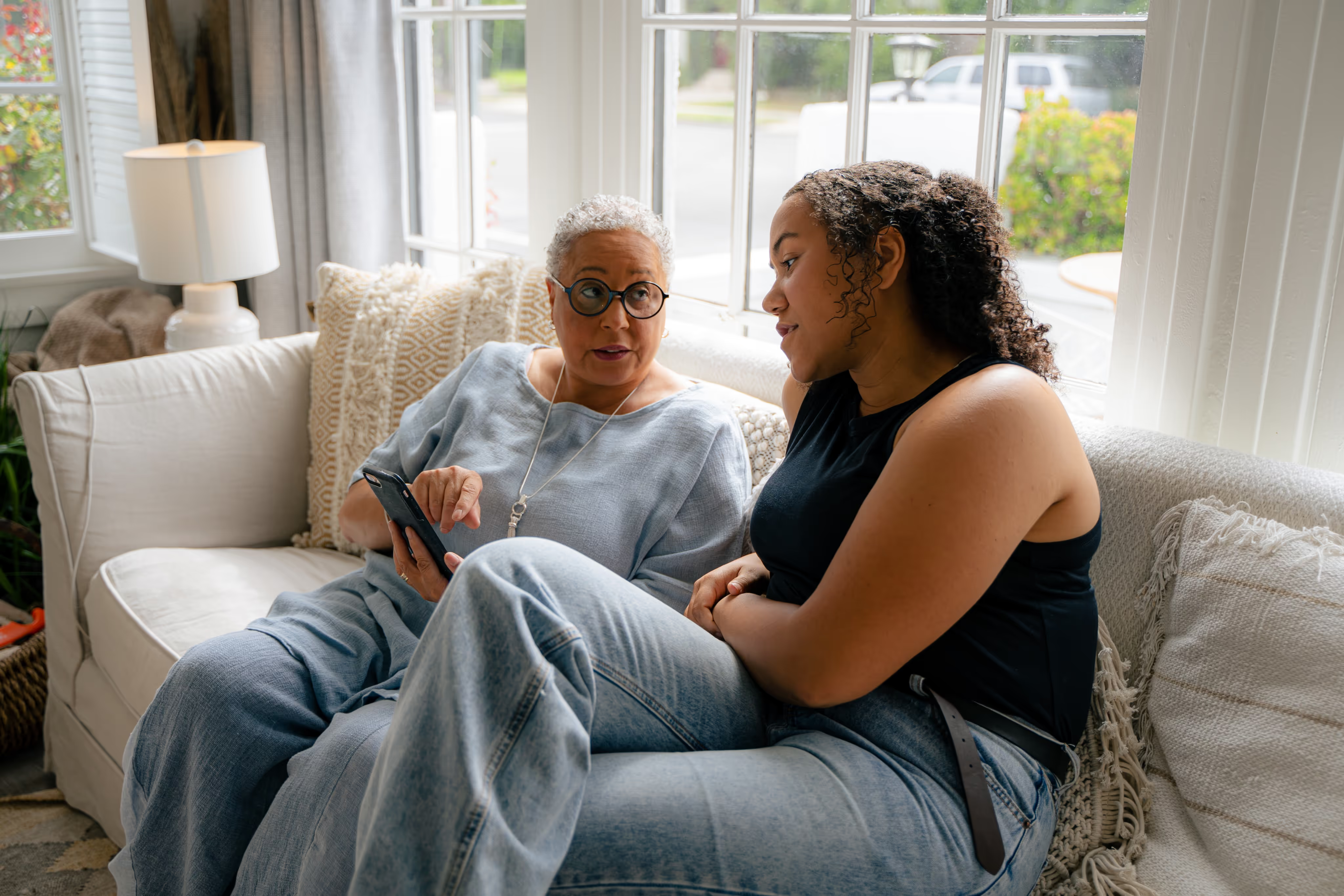Guaranteed to teach you things you never knew.
Preserving Veterans' Stories: Honoring Service By Documenting Their Memories
Discover how capturing veterans' stories not only honors their service but also preserves historical legacies, with new storytelling methods making the process more engaging and accessible.
In an era where personal narratives shape our understanding of history, the stories of veterans stand as powerful testaments to courage, sacrifice, and the human experience of war. This article explores the significance of capturing these stories and presents various methods to preserve them for future generations, with a focus on innovative approaches that are making the process more accessible and engaging.
The Importance of Documenting Veterans' Experiences
- Historical Preservation: Each veteran's account contributes to a more comprehensive understanding of historical events.
- Honoring Service and Sacrifice: Sharing stories allows society to fully appreciate the contributions of veterans and their families.
- Therapeutic Benefits: For many veterans, narrating their experiences can aid in processing and finding closure.
- Educational Value: Firsthand accounts provide invaluable insights that textbooks alone cannot convey.
- Community Building: Veteran stories can foster intergenerational connections and strengthen community bonds.
Traditional Approaches to Capturing Veterans' Stories
- Oral History Interviews: One-on-one conversations allow for in-depth exploration of a veteran's experiences.
- Written Memoirs: Some veterans prefer to document their stories in writing, allowing for thoughtful reflection.
- Video Documentaries: Visual recordings capture not just words but expressions and emotions.
- Group Storytelling Events: Collaborative settings where veterans share experiences with each other and the community.'
Learn more: Questions to Ask U.S. Military Veterans
Innovative Storytelling Techniques
As technology advances, new methods are emerging to make the process of capturing and preserving veterans' stories more accessible and engaging. These innovative approaches are particularly valuable for veterans who may find traditional methods challenging or time-consuming.
Remento: A Revolutionary Approach to Veteran Storytelling
One example of innovative storytelling technology is Remento, a platform designed to make the process of capturing personal histories effortless and meaningful. At the core of Remento's method are weekly storytelling prompts sent to veterans via email and text. These prompts, a mix of family-selected questions and curated topics, encourage consistent sharing and ensure a diverse range of stories are captured. The platform's user-friendly recording feature allows veterans to easily record their responses, eliminating the need for writing and making the process more accessible.
What sets Remento apart is its advanced speech-to-story technology, which automatically transforms audio recordings into written narratives. This preserves the veteran's unique voice while creating a readable format. The collected stories are then compiled into a personalized hardcover memory book, complete with QR codes linking to the original audio recordings. This multi-sensory approach creates a tangible legacy that combines the authenticity of audio with the permanence of print.

This approach is particularly beneficial for capturing veterans' stories because it removes common barriers to storytelling, encourages regular participation, and creates a multi-format legacy that combines the authenticity of audio with the permanence of print.
Other Innovative Techniques
- Virtual Reality Experiences: Immersive storytelling that can bring historical events to life.
- Online Story Banks: Digital repositories where veterans can upload and share their stories directly.
- Podcasting: Audio series featuring veteran stories, often themed or serialized.
- Social Media Campaigns: Initiatives that encourage veterans to share brief stories or moments on popular platforms.
Best Practices for Respectful Veteran Storytelling
Regardless of the method chosen, certain principles should guide the process of capturing veterans' stories:
- Informed Consent: Ensure veterans are comfortable sharing and understand how their stories will be used.
- Create a Safe Environment: Provide a comfortable space, whether physical or virtual, for sharing experiences.
- Active Listening: Allow veterans to guide the narrative and share at their own pace.
- Trauma Sensitivity: Recognize that some experiences may be difficult to discuss and be prepared to provide support.
- Maintain Authenticity: Preserve the veteran's voice and perspective, avoiding over-editing or sensationalizing.
- Follow-Up: Check in with veterans after the storytelling process to ensure a positive experience.
The Future of Preserving Veterans' Narratives
As technology continues to evolve, we can expect more innovative ways to capture, preserve, and share veterans' stories. Platforms like Remento are at the forefront of this evolution, making the process more accessible and engaging for veterans of all ages and technological backgrounds.
Conclusion
Documenting the stories of our veterans is a crucial endeavor that honors their service, preserves history, and educates future generations. While traditional methods remain valuable, innovative approaches like Remento are opening new possibilities for storytelling, ensuring that more veterans' voices are heard and preserved.
By embracing these various storytelling methods and approaching the task with respect and sensitivity, we ensure that these vital narratives continue to inspire, educate, and connect us for generations to come. Whether through cutting-edge platforms or time-honored traditions, the key is to create opportunities for veterans to share their experiences in ways that are comfortable and meaningful to them.
As we move forward, let's commit to not just hearing these stories but truly listening to them, preserving them, and allowing them to shape our understanding of history and humanity. Through thoughtful approaches and innovative technologies, we can create lasting legacies that bridge generations and keep the spirit of our veterans alive in our collective memory.

Their stories, forever at your fingertips
Remento’s life story books turn a parent or grandparent’s memories of the past into a keepsake book for the future - no writing required.
Capture priceless family memories today
Join the thousands of families using Remento to preserve family history, all without writing a word.
.avif)
